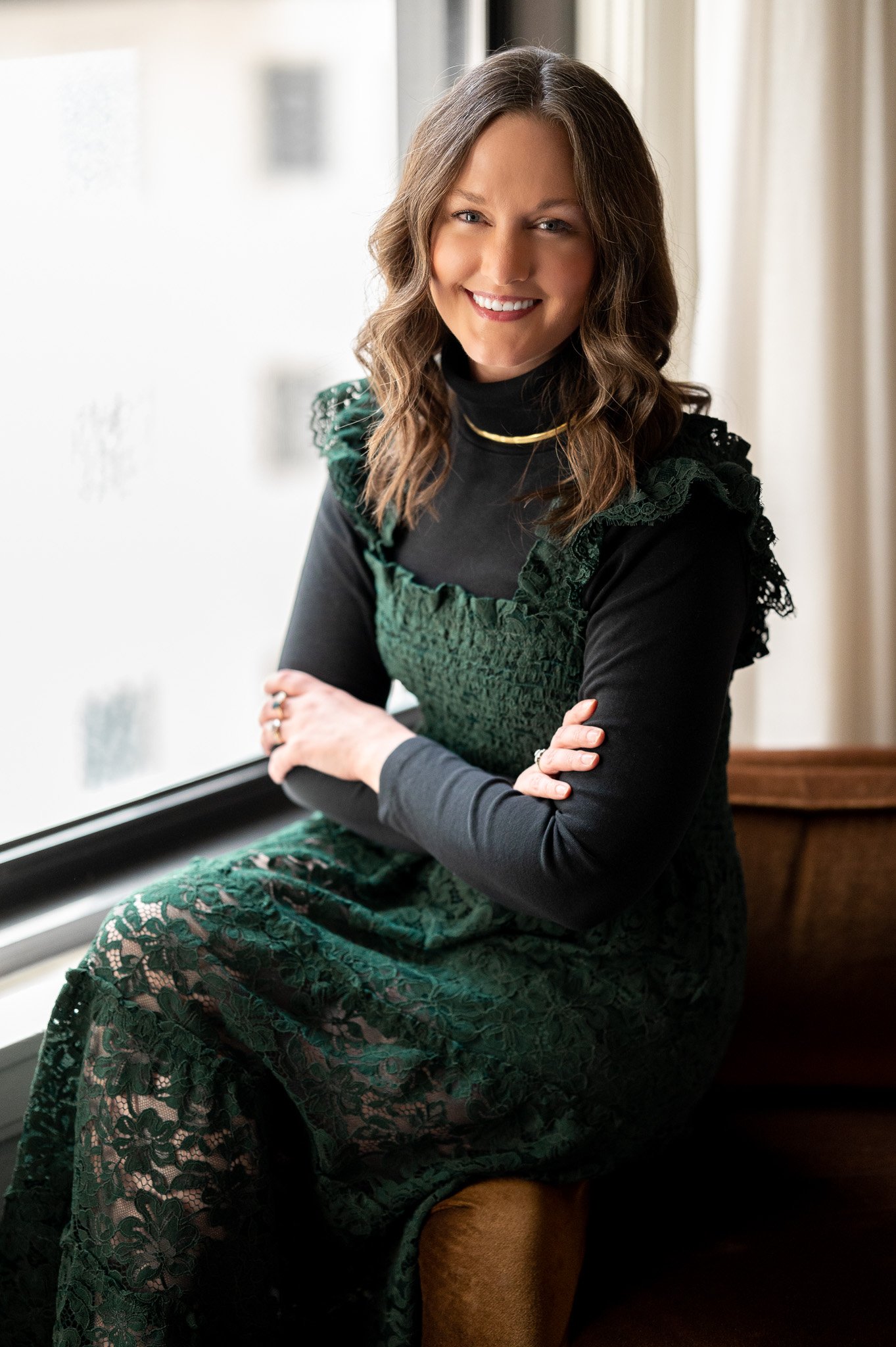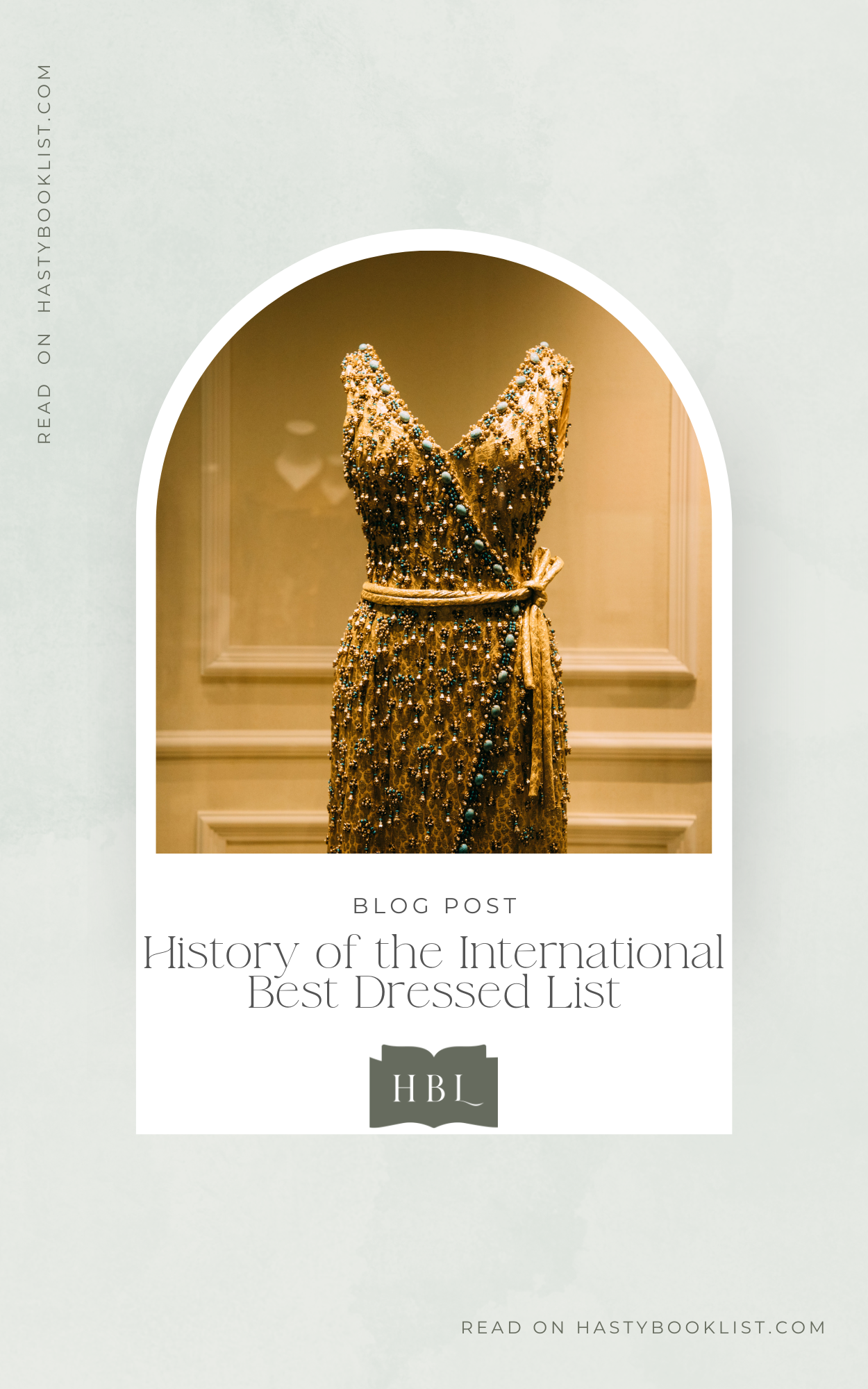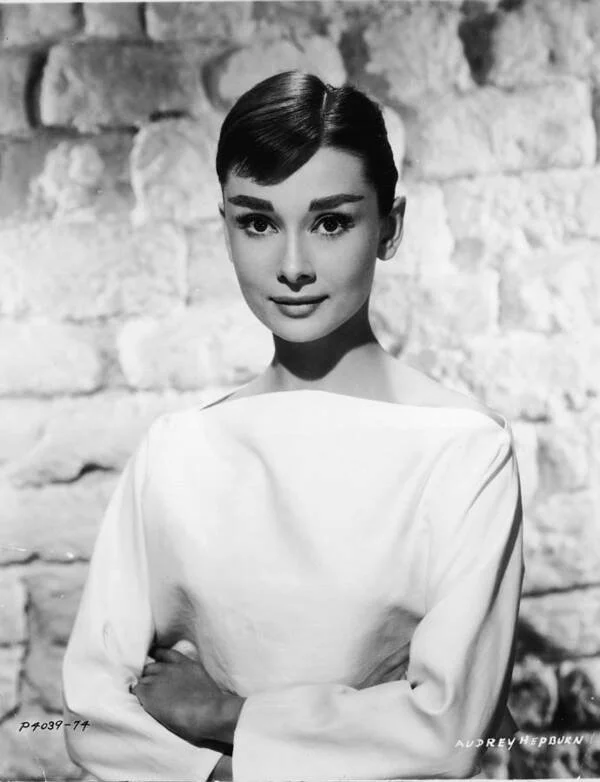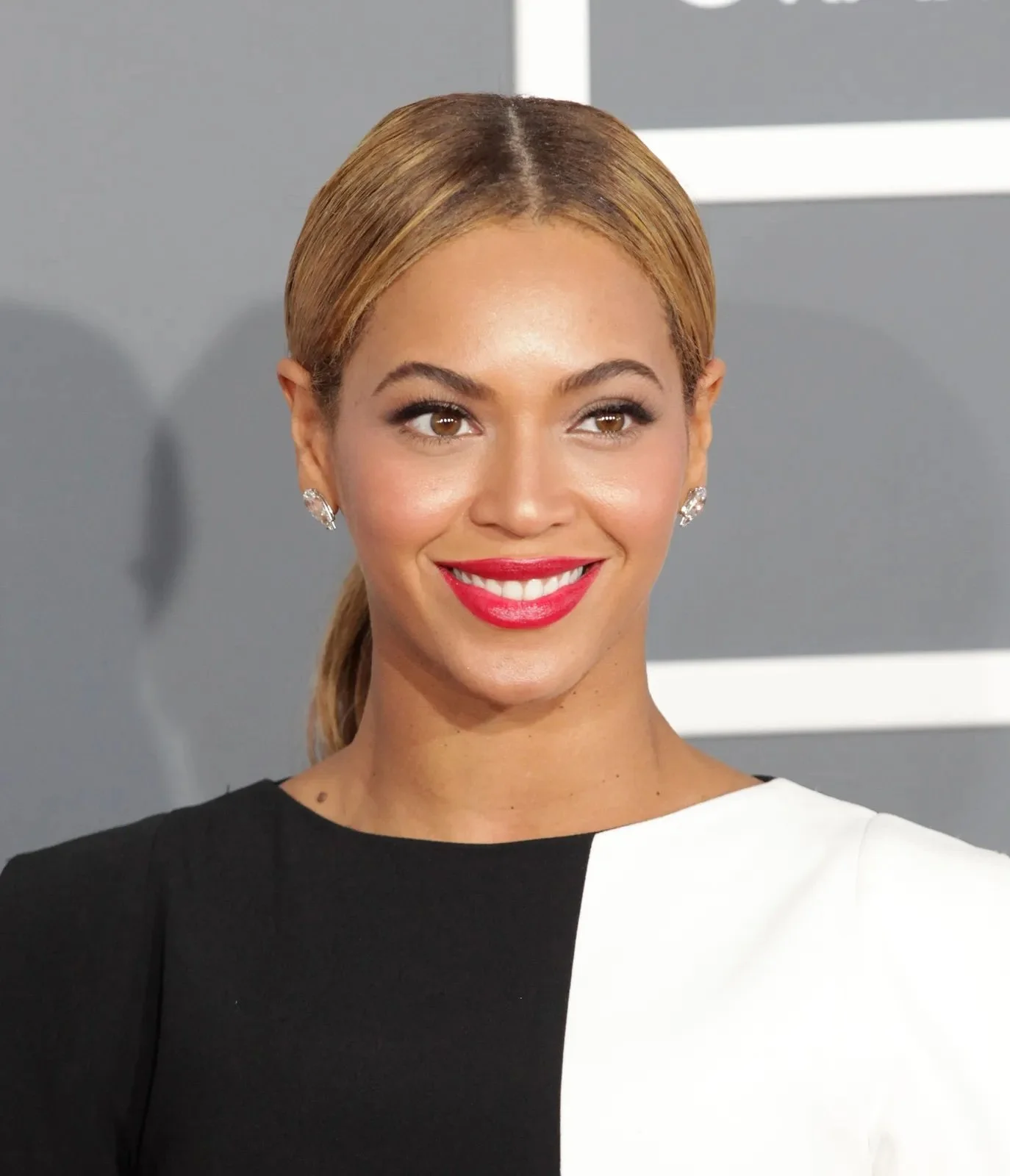History of the International Best Dressed List
History of the International Best Dressed List
The International Best Dressed List is one of the most prestigious compilations of stylish personalities globally. It began as a small initiative but has grown into a significant cultural touchstone in the world of fashion, reflecting shifts in taste, social norms, and the relationship between fashion and celebrity.
Origins (1940s)
The list was founded in 1940 by Eleanor Lambert, an influential American fashion publicist often credited with shaping the modern fashion industry. Lambert, known for creating the first New York Fashion Week (then called Press Week) in 1943, had a vision of boosting American fashion and promoting stylish personalities, both to elevate the industry and create aspirational fashion icons.
Initially, the list was primarily composed of American socialites, aristocrats, and members of high society. It also played a role in spotlighting emerging designers, helping to elevate them by associating their creations with figures known for their impeccable style. Fashion was still deeply rooted in Europe, but Lambert's list helped position American style on the global stage.
History of the International Best Dressed List
The Glamour of the 1950s and 1960s
By the 1950s and 1960s, the International Best Dressed List had become an established authority in the world of fashion. Celebrities such as Audrey Hepburn, Grace Kelly, and Jacqueline Kennedy became regulars on the list. These women epitomized elegance, with their style influencing millions of fans across the globe. Their presence on the list showed the increasing power of Hollywood in shaping fashion trends.
Lambert’s list evolved with the times, incorporating European royalty like Princess Grace of Monaco and Queen Elizabeth II, as well as fashionable first ladies, making it not just an American or European affair but a global marker of elegance.
History of the International Best Dressed List
Shifting Fashion Icons (1970s-1990s)
In the 1970s, as counterculture movements brought new, freer expressions of personal style, the list expanded to reflect these changes. Icons like Bianca Jagger, with her bold Studio 54 looks, and Loulou de la Falaise, the bohemian muse of Yves Saint Laurent, made appearances. The 1980s saw a rise in power dressing, and businesswomen such as Anna Wintour and Nan Kempner embodied a more assertive, professional style, mirroring cultural shifts in gender roles and workplace dynamics.
The 1990s ushered in an era of minimalism, and designers like Calvin Klein and Tom Ford began dominating. The fashion on the list reflected more streamlined, sophisticated looks, with celebrities such as Carolyn Bessette-Kennedy embodying this minimalist chic.
You might also be interested in the History of the Met Gala.
History of the International Best Dressed List
The 21st Century: The Age of Celebrity and Influence
With the turn of the millennium, the International Best Dressed List increasingly embraced the influence of entertainment and media. Fashion had begun to intertwine with celebrity culture in unprecedented ways. The list now included more global icons from the entertainment industry, such as Beyoncé, Rihanna, and Cate Blanchett, alongside traditional aristocracy.
By 2002, Eleanor Lambert handed over control of the list to Vanity Fair, which continued to curate it, blending old-world glamour with modern-day fashion. With the rise of social media and influencers, the list began acknowledging the contributions of digital fashion influencers and bloggers, who had become key players in shaping style. This broadened the scope of what it meant to be a style icon, from socialites and royalty to people with millions of followers on Instagram.
History of the International Best Dressed List
Legacy and Cultural Influence
The International Best Dressed List remains a symbol of aspirational style, but its evolution over the decades reflects deeper cultural shifts. It has expanded from its origins, when it focused on American and European high society, to become a global recognition of style that transcends nationality, gender, and even profession. Its longevity highlights the power of fashion as a form of personal expression and cultural currency.
Though initially a reflection of elite society, the list now serves as a chronicle of the broader cultural conversation about fashion, identity, and celebrity in an ever-evolving world.
History of the International Best Dressed List









